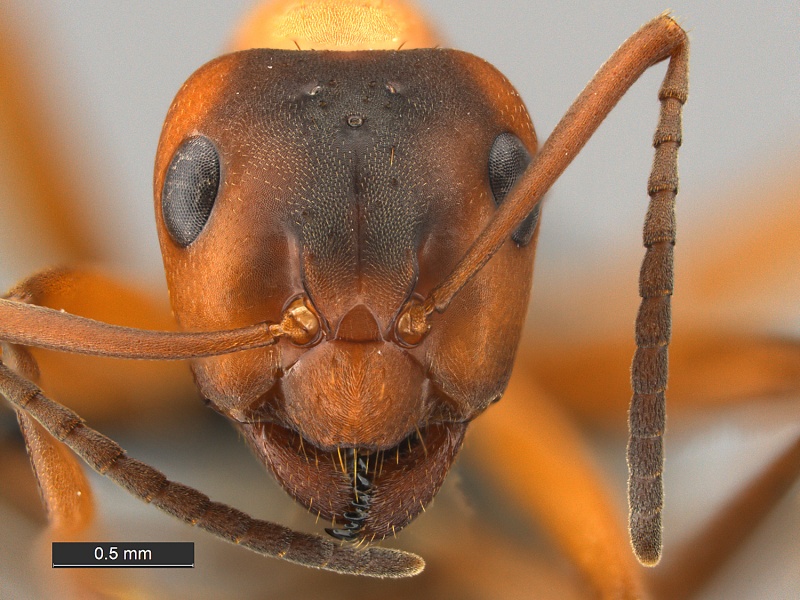Old Ants, New Discoveries
I've been working with the WWU Insect collection for several months now, sorting and reviewing specimens that have been recently donated as well as those that have been neglected for a long time. For the last few weeks, I've been working on the collection's ants, and I've come across multiple very interesting specimens that had until now gone unnoticed.
The first of these is a group of about 20 specimens, collected in 1963, representing to my knowledge the very first record of Formica subelongata collected in Washington state. Until this point, the specimens had been labeled as "Camponotus herculeanus pennsylvanicus" (now simply Camponotus pennsylvanicus) -- how they went so long unchecked, I have no idea. No hate to the wonderful staff and volunteers who have helped to maintain the largest remaining public entomology collection in western Washington -- there is a lot to curate and not a lot of time for it. We will be imaging these specimens next week and sending the data to AntWeb. Perhaps more interesting, however, is the discovery of a very unusual Formica sanguinea group gyne, funnily also collected in 1963, that is unlike any prior records I could find. This gyne has an apical bump or peak emerging from the crest of its petiole, which to my knowledge has not been observed among any known sanguinea-group gynes. The specimen, as well as a full unit from the same geographical area consisting of an alate gyne with the same unusual feature and several workers collected from the same nest, most closely resemble Formica aserva, however, F. aserva gynes to my knowledge are still not known for this feature.
It should be noted that Formica aserva especially has highly variable petiolar morphology. Almost all specimens, both queens and workers, exhibit a petiole that is broad and fan-shaped, however, the crest of the petiole when looking from the head towards the gaster can vary significantly even among workers from the same colony. The two most common patterns among workers are a symmetrical topography with a central notch and short peaks to either side of the notch followed by a normal smooth convexity moving further to the side, and an irregular, asymmetrical topography which may or may not have a central notch, has a single peak to only one side of the center, and often a bumpy or wavy convexity along the rest of crest. Irregular patterns of petiole topography in F. aserva is far more common and more extreme among workers, with gynes most often exhibiting a smooth symmetrical topography with or without a central notch. As of now I have not yet seen petiolar morphology in F. aserva gynes matching what I have observed in these two specimens, and I have not seen it in any workers, including the specimens in the collection here.
Based on the very limited data available, I hypothesize that these specimens represent either a mutation among F. aserva gynes that results in infertility, or a morphologically distinct subspecies of F. aserva. More specimens and colonies will need to be collected and analyzed to explore these possibilities. In the meanwhile, reaching out to naturalists through platforms such as this one to mount and photograph Formica aserva gynes they collect may help answer some questions. I'll update on this in another journal entry later on down the road with photographs and any new information I encounter. Cheers!





























